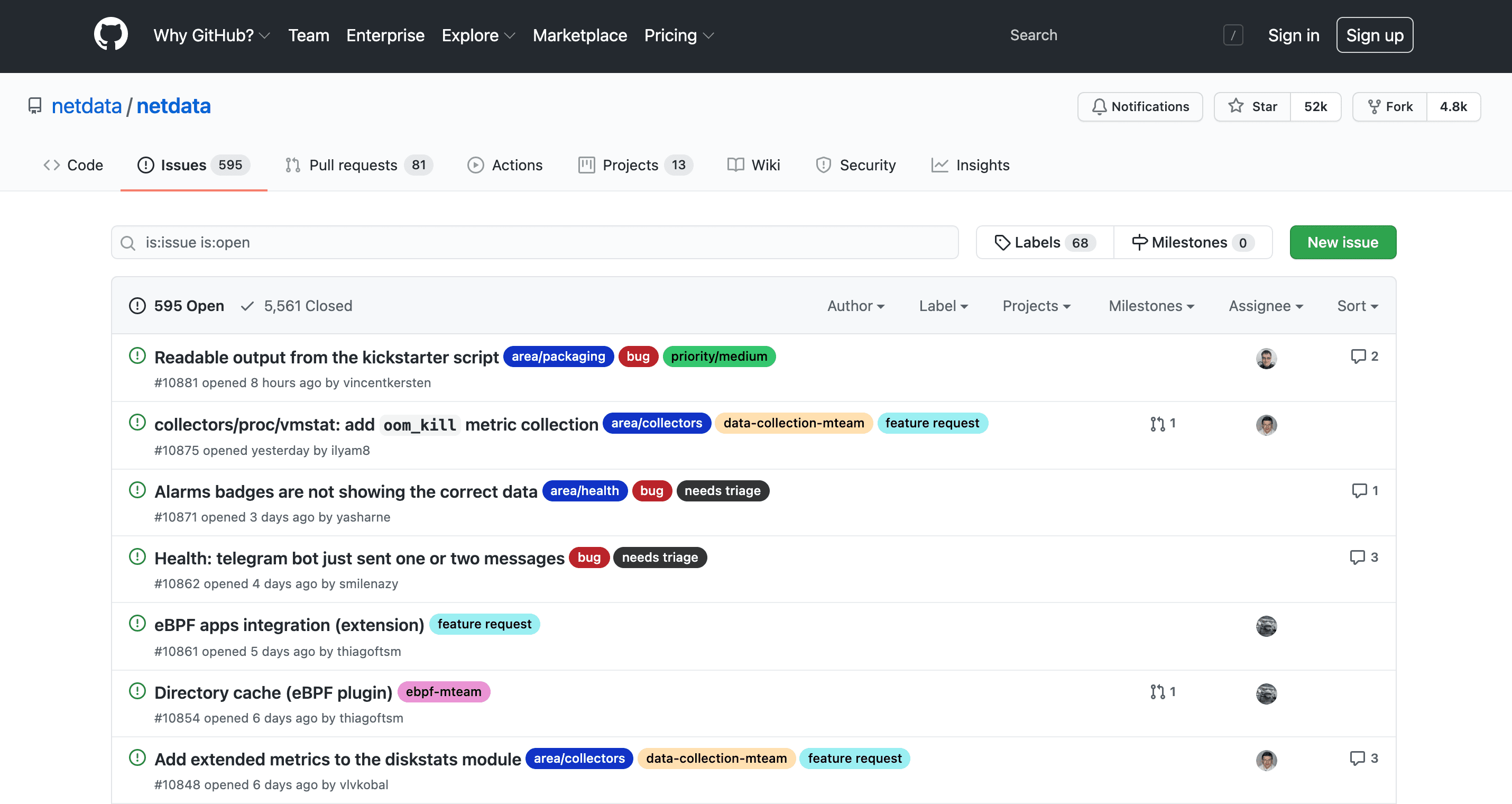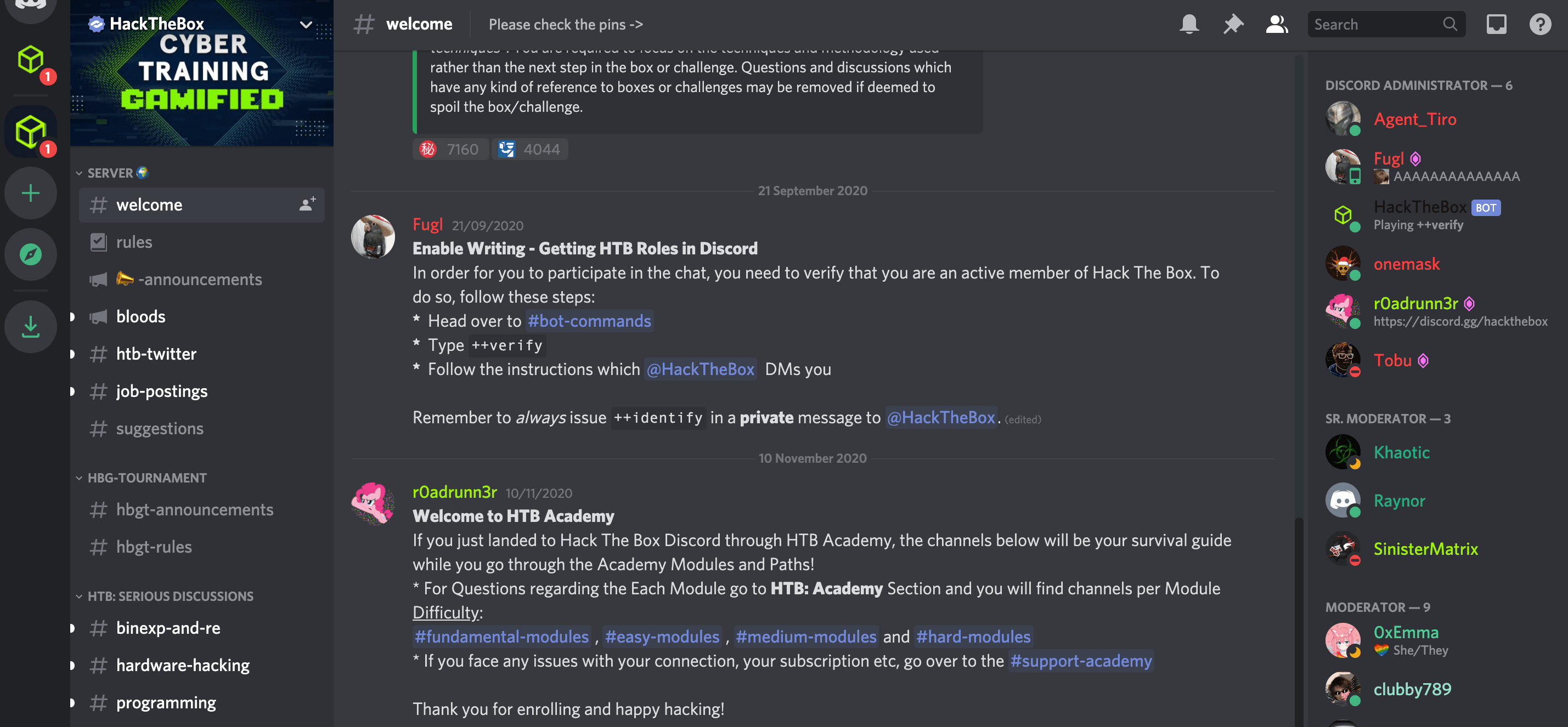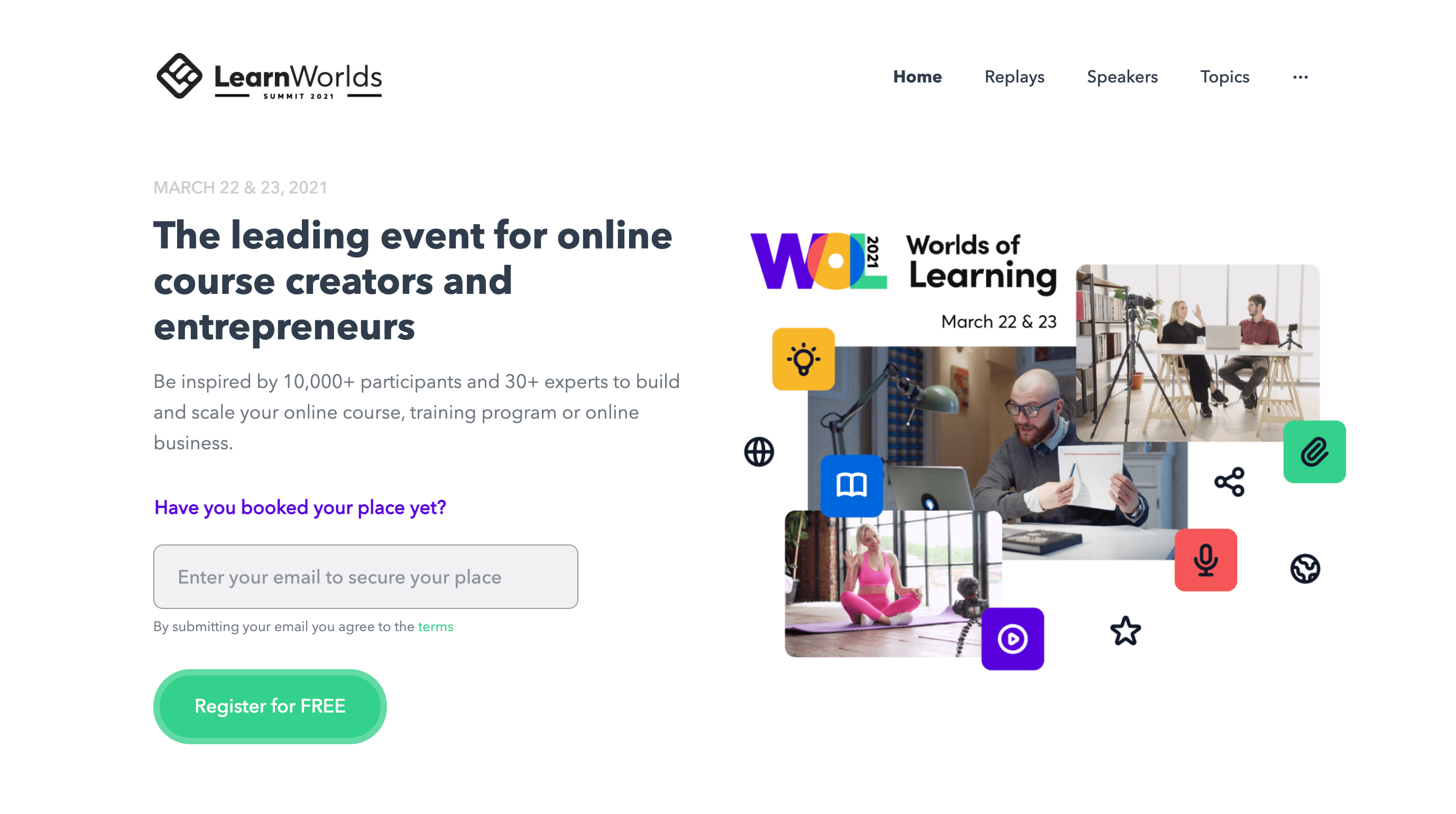The Rise of Community Led Growth

A thriving community can become a company's most valuable asset. For the last year or so, we have been seeing a big underground trend emerge in many of the high-growth startups and founders we interact with - that is growth coming from building communities. It is getting a front seat in how many modern companies grow, evolving into a very efficient and sustainable go-to-market (GTM) strategy. And it’s not going away any time soon.
Community Led Growth is a natural continuation of how enterprise software gets distributed in the era where end users are finding and adopting products without any directive from their executives.
In the past, enterprise software was built and marketed for the CIOs and executives. On-prem (if we go even more back in time) or on-demand software products were sold by large sales teams and high marketing spend, with decision makers looking into KPIs and ROI to evaluate how well a given piece of software would help their team achieve its goals.
We are increasingly moving towards an era where end users are in the driver’s seat when it comes to enterprise software buying. They are the ones who lead software discovery (try out the new tools themselves first) and heavily influence buying decisions (recommend to their employers what they love using already). This is the reason why Product Led Growth became highly relevant, and product turned into the main driver of a GTM strategy.
Nowadays, the world of enterprise software is becoming more fragmented than ever. There are so many different tools to choose from, offering similar or even identical features. Users are overwhelmed by choice and turn to their groups of friends, peers or influencers to discover how they solved their problems. Hence, communities heavily influence how software is distributed, and the pandemic accelerated a trend that was already under way, as more people turned online to find a sense of belonging. These forces, alongside a saturation in traditional lead generation techniques, are putting Community Led Growth at the forefront for many companies.
Community Led Growth is really an extension of Product Led Growth. Product Led Growth is a company-wide alignment that drives acquisition, conversion, retention and expansion primarily by the product itself. The product becomes a central channel to generate sustainable business growth. In order to do this, teams follow a bottom-up approach and empower end users to experience the product directly without engaging sales or support teams. That was really a breakthrough in how enterprise software was designed.
Now, Community Led Growth acts as a multiplier on top of Product Led Growth, by turning your users into your best advocates. Companies provide value to their customers past the product itself through facilitating user interactions and knowledge sharing across a community of like-minded individuals, who in turn become champions, creating a flywheel of individuals strengthening the community further.
Why Every Founder Should Think About Community Led Growth
An increasing number of founders and teams are becoming intentional about creating companies where communities are their moats. With growing competition in most enterprise software industries, building a moat around your business is now more important than ever before. The result? Build your own media and own distribution. That moat can take many forms:
open-source software with thousands of stargazers
conferences with world-class speakers
powerful user-generated content loops
adjacent products to the main business created purely for the community
blog posts or podcasts interviewing thought leaders in the space
a Slack/Discord group or meetups with thousands of members exchanging ideas
It’s all about creating a community where everyone shares the common goal of learning about a specific field, reaches out to their peers to solve problems, and gets recognized for doing so. That can be facilitated both by the company’s stakeholders (e.g. podcasts or conferences with world-class guest speakers) or the community’s members (e.g. open-source software or Discord groups). By making this right, a company can boost its acquisition, retention and product insights efforts.
Acquisition: Growing the community expands the top of the funnel with a strong pipeline of engaged leads in an organic manner. This can be achieved with a much more sustainable cost of customer acquisition and evolves naturally over the lifetime of the community.
Retention: Members of a community get higher value as the number of network nodes increases, supporting each other, sharing insights and reducing their reliance on customer success teams when it comes to using the company’s product. As a consequence, churn is decreased, because where else could users find such a valuable network of peers to interact with?
Insights: A community is the best way to get direct feedback about a product at scale. Product teams are able to talk directly to existing and potential customers through the community, understand their main problems, requests, complaints, the value they get from using the product and in general create a continuous user feedback loop.
Examples of Community Led Growth Companies
What does a Community Led Growth company look like? There’s no cookie cutter answer. The way a team invests in their community to accelerate business growth really depends on their product, industry and team. For instance, Salesforce built the Trailblazer Community, where users can ask questions, get tips, and share knowledge around Salesforce with the rest of the community; Hubspot created HubSpot Academy, an online platform for people to learn new skills around marketing and sales and earn certifications; Airtable launched Airtable Marketplace, a place where creators can build and publish their own apps fully integrated with Airtable.
Some examples from our portfolio companies include:
Netdata
Netdata democratizes monitoring, empowering IT teams to know more about their infrastructure, enabling them to quickly identify and troubleshoot issues, collaborate to solve problems, and make data-driven decisions to move business forward. At its core, there is Netdata Agent, a free and open-source software with hundreds of contributors, thousands of GitHub stargazers and millions of users including at companies like Amazon, Google, IBM, Microsoft, and NVIDIA. As with every successful open-source project, the community that is created around it to adopt and improve the tool becomes its biggest moat and this is also the case with Netdata as you can see in its GitHub page.

Hack The Box
Hack The Box is a hacking playground allowing cybersecurity enthusiasts to practice their penetration testing skills and exchange ideas and methodologies with thousands of people in the field. It has more than 500K members who compete in cybersecurity challenges and at the same time is also adopted by Fortune 500 & Government agencies to train their personnel. The team has created the largest community of cybersecurity enthusiasts and I’m just highlighting here a few of the several Community Led Growth ways they have followed to make HTB community a core part of the product’s user journey: user-generated content (walkthroughs on getting access to retired machines), certification program, Discord community with 60K+ members to help onboard, guide, and ramp-up users, and many more. Some of the most engaged members have already become moderators in the community or even full-time employees!

LearnWorlds
LearnWorlds is an online course platform for creating, selling and promoting online courses. It’s a no-code tool for the age of the creator economy, where anyone who has something to teach can launch an online school and turn it into a business. The team has created a powerful academy for online course creators through a set of guides and ebooks, as well as organised a summit called Worlds Of Learning with 10K+ participants where experts such as Guy Kawasaki, Neil Patel, and others have shared insights on building and scaling online businesses. All these activities are cultivating a community of practice around online course creation, where users who came for the learning insights, then turn to its product to put this knowledge into practice, then become speakers themselves, and so on.

Whichever way a company decides to create and scale a community, one thing is certain: a thriving community can become a company’s best business moat and scale its presence in ways that traditional marketing or advertising channels can't. With more of our lives taking place online, companies are rightly turning to online communities now more than ever, taking an active role in making community engagement part of who they are and, by extension, establishing an efficient and sustainable GTM.
If you’re using Community Led Growth or building a tool to empower communities, please reach out to exchange ideas and share more at alex@marathon.vc or Twitter.
